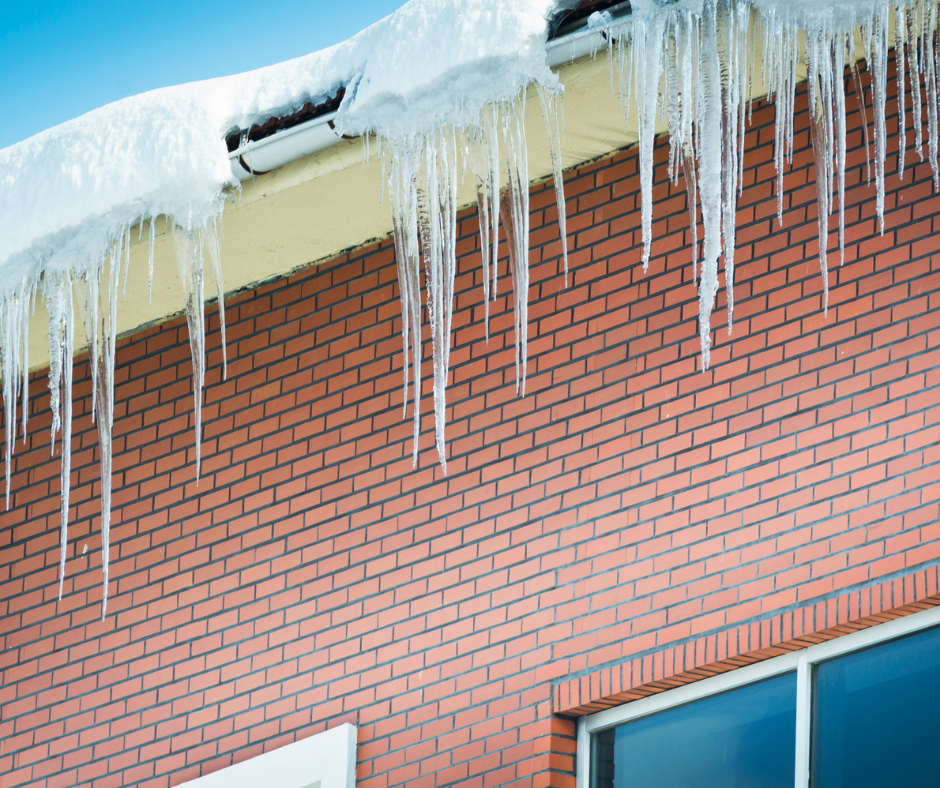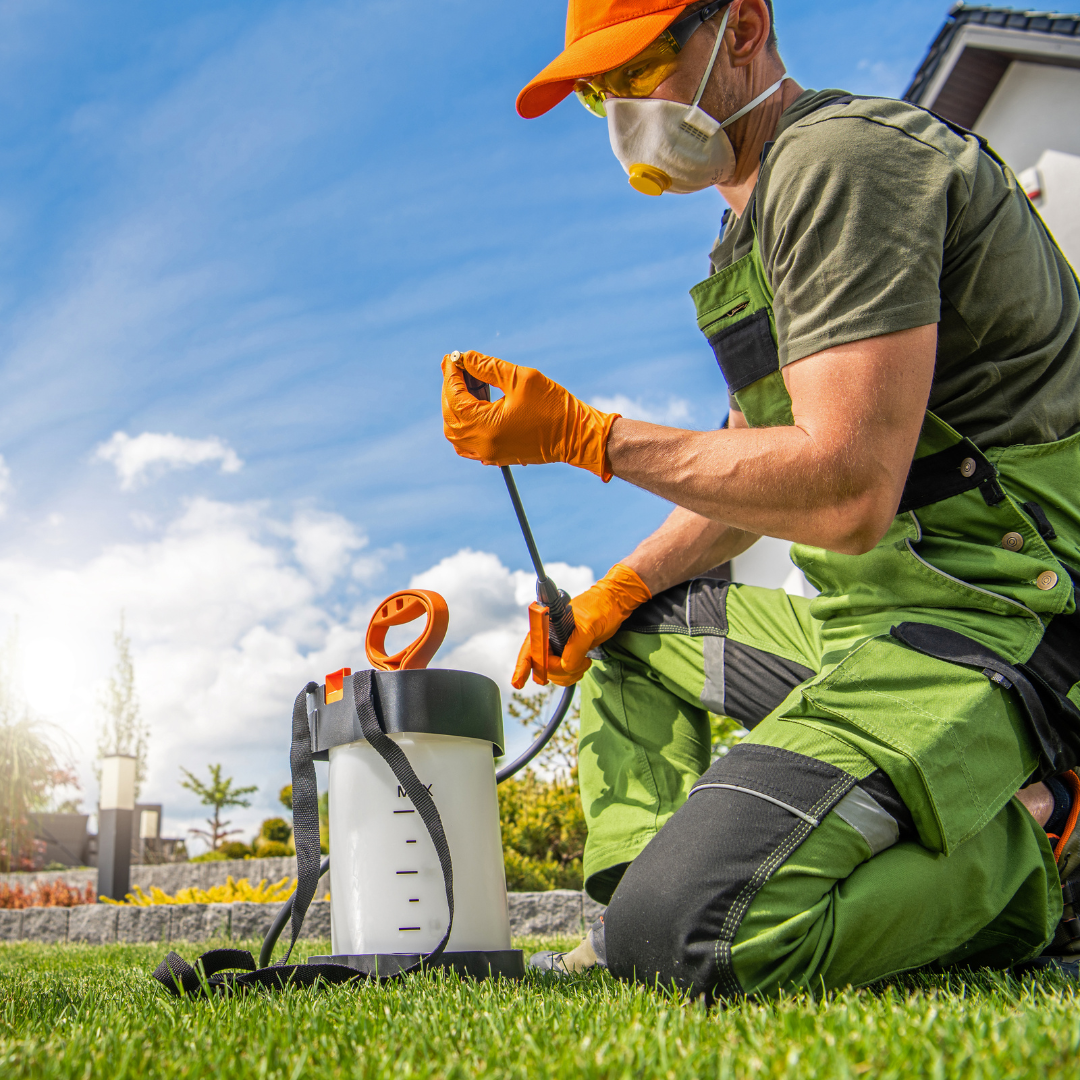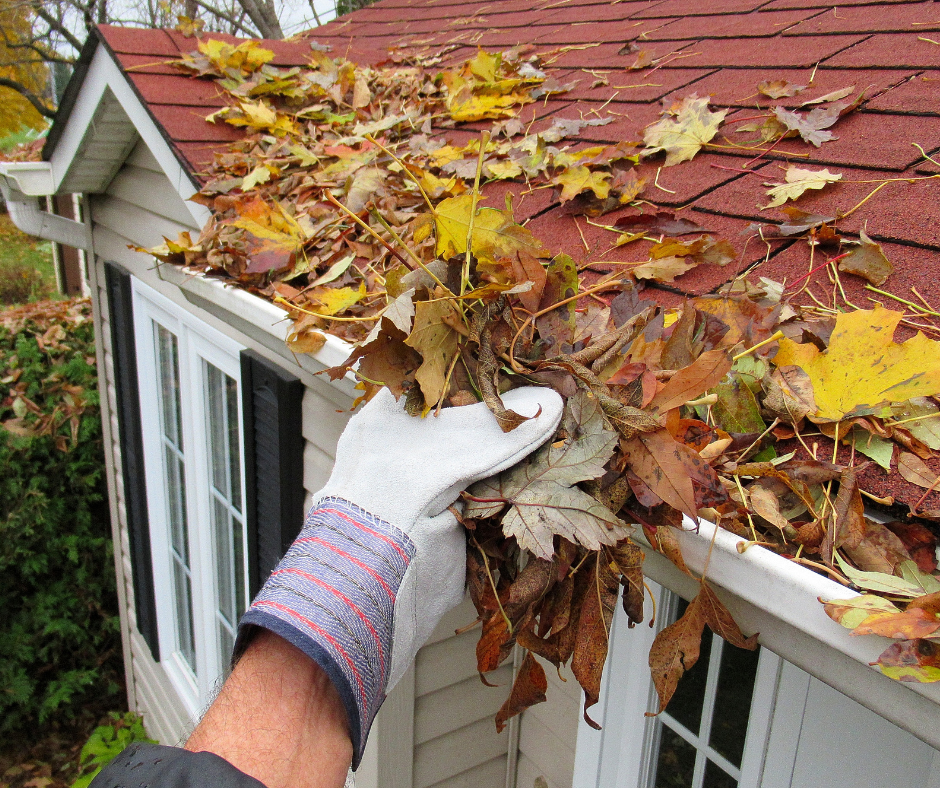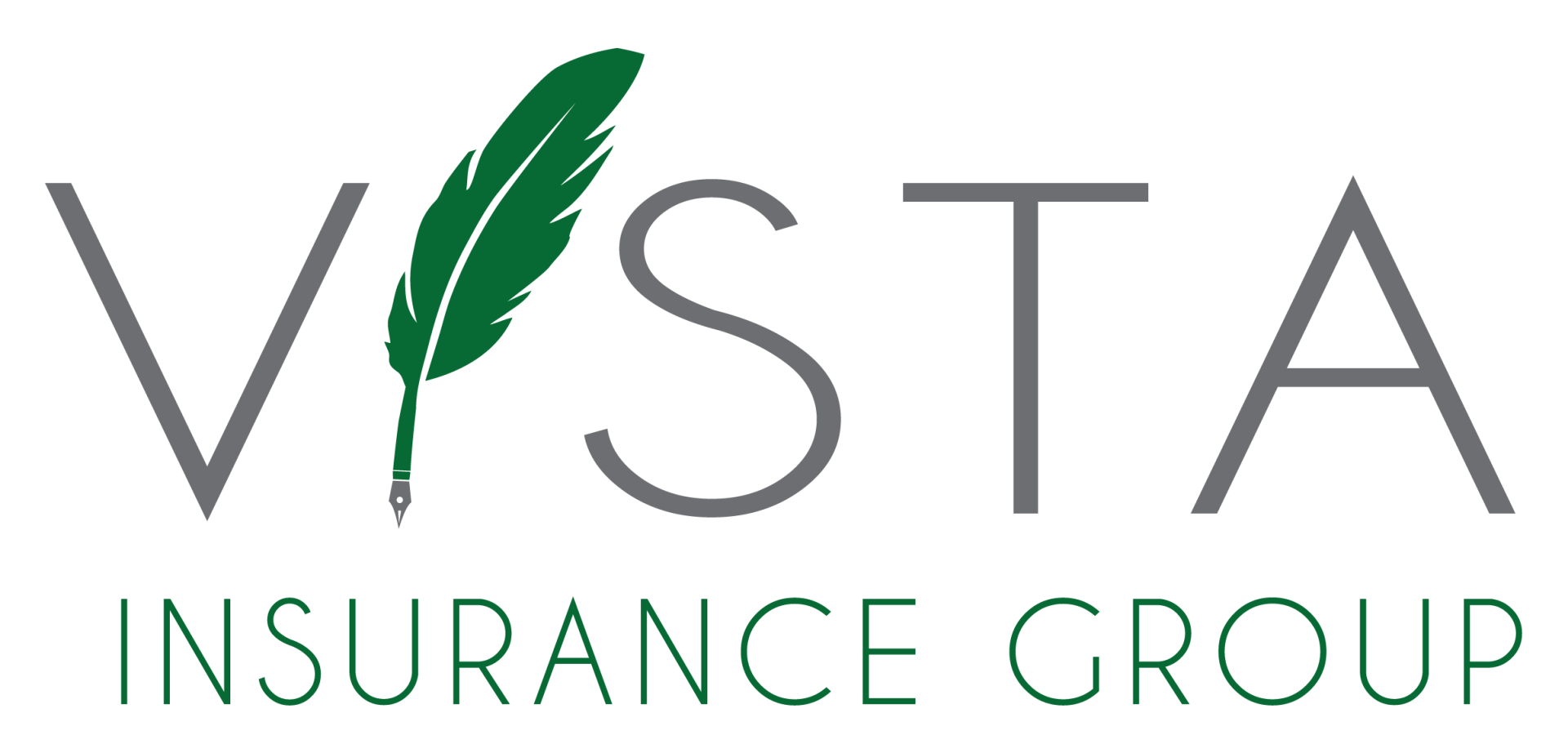Health Care Industry Trends to Watch
The health care industry is comprised of companies and institutions that provide and coordinate medical services and related goods. These organizations may range in size and specialize in various types of patient treatment and care. This industry plays an important role in the U.S. economy by promoting the continued innovation and advancement of medical solutions, thus contributing to a healthier and, in turn, more productive society.
The health care sector has experienced a number of ups and downs in recent years, brought on by fluctuating market demands amid the COVID-19 pandemic, supply chain struggles, evolving industry technology and ongoing medical inflation issues. Yet, industry spending continues to rise. Specifically, the Centers for Medicare and Medicaid Services reported that the nation’s health care expenditure reached $4.3 trillion in 2021, and is anticipated to climb to $6.2 trillion by 2028.
What’s more, there are several industry trends that could pose challenges in the coming months and years, including labor shortages, the expansion of telemedicine, the adoption of artificial intelligence (AI) and machine learning (ML) tools, and the utilization of wearable safety technology. As such, it’s best for health care organizations to closely monitor these sector developments and adjust their risk management practices as needed. This article provides more information on health care industry trends to watch.
Labor Shortages
The past few years have been met with labor shortages across industry lines. Further, the pandemic motivated some employees to reevaluate their job expectations, thus prompting additional workforce adjustments and exacerbating such shortages. The health care sector is no exception to this trend. After all, the pandemic made many health care positions more dangerous and difficult, placing extra pressure on medical professionals and pushing some of them to exit the field due to burnout. According to credit rating agency Fitch Ratings, health care job openings reached a record high of 9.2% during 2022, more than doubling the average rate over the past decade (4.2%). Looking ahead, the Association of American Medical Colleges is expecting the country to face a shortage of up to 124,000 physicians by 2034.
Labor shortages can have far-reaching impacts in the medical field, heightening health care organizations’ employee injury rates and associated workers’ compensation exposures. In particular, having fewer workers may force these organizations to extend their existing employees’ shifts and job responsibilities, putting them at greater risk of experiencing overexertion or repetitive motion injuries from patient-handling tasks. Additionally, these employees could be increasingly exposed to violent or aggressive patients on the job, further placing them in harm’s way and driving them toward mental exhaustion. In fact, a recent study conducted by the American Nurses Association found that 25% of registered nurses (RNs) and nursing students have been physically assaulted by a patient or patient’s family member, while half have been verbally abused.
Such shortages can also elevate health care organizations’ professional liability exposures. For example, overworked and mentally fatigued employees tend to be less alert and focused on their job tasks, making them more likely to make mistakes. In the medical field, such errors could lead to incorrect treatment methods or ineffective care, therefore threatening patient safety. According to recent data from market research company OnePoll, 90% of RNs believe the overall quality of patient care has declined because of staff shortages. Compounding concerns, patients or family members of those who receive improper care due to treatment errors could ultimately take legal action against the health care organizations responsible for such care, holding them liable for the resulting damages.
As a result, it’s critical for health care organizations to invest in measures aimed at attracting and retaining employees. These measures may include offering more competitive wages and benefits packages (e.g., tuition reimbursement options, flexible work arrangements and additional paid time off); implementing employee assistance programs and other staff well-being initiatives; and promoting a positive, safe working culture that empowers employees to voice their concerns regarding hazards and other incidents they encounter on the job. Apart from prioritizing employee attraction and retention strategies, health care organizations may also want to utilize technology to automate certain workplace processes, increase operational efficiencies and, subsequently, mitigate labor concerns.
Telemedicine
Telemedicine (also called telehealth) refers to the facilitation of medical treatment and services via digital communication methods, such as text messages and video calls. While telemedicine options were available before the pandemic, they surged in popularity over the past few years as a growing number of individuals began seeking virtual treatment for their ailments.
Telehealth can offer benefits to both patients and health care organizations. For instance, patients can utilize telemedicine to receive timely and simplified access to treatment for a variety of injuries and illnesses, as well as avoid potential problems that could arise when obtaining in-person services (e.g., exposure to ill patients, troubles navigating abnormal clinic hours, difficulties finding specialized treatment and challenges traveling to medical facilities). In addition, health care organizations can implement telemedicine to help reach a larger number of patients, boost operational efficiencies, combat rising medical expenses, expand diagnoses and screening options, and enhance chronic disease management capabilities. Even as the pandemic subsides, telehealth is likely here to stay (and evolve). According to research conducted by management consulting firm McKinsey & Company, telemedicine utilization is currently 38 times higher than pre-pandemic levels, accounting for 17% of patient visits across medical specialties.
Nevertheless, telemedicine can still present significant risks for health care organizations. Namely, virtual care comes with cybersecurity concerns. Considering patient data is an attractive target among cybercriminals and, as these hackers’ methods continue to advance, organizations that leverage telehealth could be particularly vulnerable to security breaches. Complicating matters, telemedicine regulations are constantly changing, leaving health care organizations with substantial compliance considerations.
Additionally, because telehealth visits don’t permit medical professionals to conduct physical examinations, they could miss out on crucial patient information while providing virtual care, possibly resulting in misdiagnoses, delayed treatment and related lawsuits. Telemedicine can also make it more challenging for health care organizations to ensure consistent treatment standards and expectations between in-person and digital services, as social cues may vary between these mediums. In some cases, poorly managed telehealth offerings could even end up fragmenting care rather than simplifying it, creating confusion and frustration among patients.
To reduce these risks, health care organizations should consider strategies such as using solid cybersecurity measures (e.g., multifactor authentication, network segmentation and antivirus tools) across virtual care platforms; consulting legal counsel to maintain compliance with applicable telehealth laws; requiring employees to diligently document important details during virtual visits to limit the likelihood of missing vital patient information; setting appropriate standards of care and social cues for employees to follow when providing digital services; and ensuring clear communication protocols between treatment channels to minimize fragmented care concerns.
AI and ML Tools
In addition to telemedicine, AI and ML tools have also become more heavily utilized throughout the health care industry. According to the latest data from market research company Global Industry Analysts, AI in the health care sector was valued at $14 billion in 2020, and is projected to skyrocket to nearly $120 billion by 2027. Examples of AI and ML offerings may include customer service chatbots, virtual care assistants, early diagnosis and imaging tools, and data storage and processing devices. Such technology has emerged as a way to help health care organizations customize patients’ treatment plans and automate certain tasks by analyzing medical records, detecting potential patterns and highlighting opportunities for enhanced health outcomes at rapid rates. This technology can be leveraged by medical professionals of varying experience levels and specialties to treat patients with a number of conditions, saving time and money among all parties involved.
Similar to telemedicine, however, AI and ML tools also pose exposures for health care organizations. Primarily, much of this technology operates based on human-generated algorithms and inputs, which means they may contain mistakes and biases. These issues could elevate the risk of treatment errors, misdiagnoses and patient discrimination incidents, therefore opening the door for increased liability concerns and associated litigation. Further, AI and ML tools carry cybersecurity risks, as both internal and external threat actors could attempt to infiltrate this technology for malicious purposes—whether it’s to steal patient data or interfere with treatment processes.
To limit such exposures, health care organizations should carefully and regularly review AI and ML tools for mistakes and biases, making changes when necessary. Implementing strict access controls and threat detection software across this technology may also be valuable to help mitigate possible cyberthreats.
Wearable Safety Technology
To keep a closer eye on patients’ conditions, some health care organizations have started leveraging wearable safety technology. This technology refers to a variety of electronic devices that patients can wear comfortably on their bodies while they engage in their daily routines. Such devices can be used to assess patients’ vital signs (e.g., heart rate, body temperature and blood pressure), track their activity levels and manage any chronic diseases they may have. By using wearable safety technology, medical professionals can better monitor patients in various settings and empower them to be more accountable for their own health. This technology can also help minimize employees’ workloads and decrease operational costs.
Yet, there is always a risk of this technology malfunctioning or delivering inaccurate data, leaving patients susceptible to injuries, illnesses or death if they aren’t treated in time. In some cases, health care organizations could even be held liable for these errors and the related damages. Mirroring other medical technology, such devices could also create cybersecurity concerns, as cybercriminals may seek access to patient data. To reduce these risks, health care organizations should perform extensive testing on wearable safety technology before offering it to their patients; review product manufacturers’ contracts to determine their specific liabilities as it pertains to technology malfunctions or errors; and equip devices with advanced encryption capabilities to safeguard patient data.
Conclusion
There are several trends currently impacting the health care sector. By staying on top of these developments and mitigating their exposures, health care organizations can position themselves to maintain operational success. For additional risk management guidance, contact us today.
Source: Zywave










